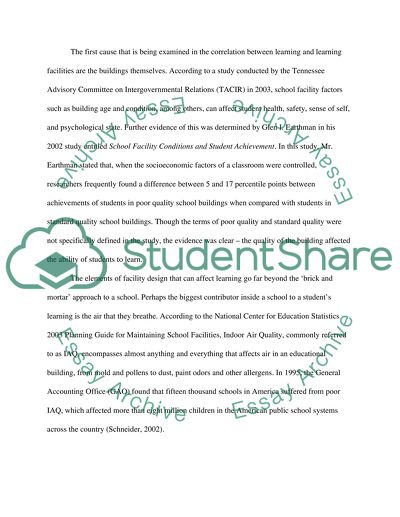Cite this document
(“Facility design and learning Research Paper Example | Topics and Well Written Essays - 2000 words”, n.d.)
Retrieved from https://studentshare.org/family-consumer-science/1408927-facility-design-and-learning
Retrieved from https://studentshare.org/family-consumer-science/1408927-facility-design-and-learning
(Facility Design and Learning Research Paper Example | Topics and Well Written Essays - 2000 Words)
https://studentshare.org/family-consumer-science/1408927-facility-design-and-learning.
https://studentshare.org/family-consumer-science/1408927-facility-design-and-learning.
“Facility Design and Learning Research Paper Example | Topics and Well Written Essays - 2000 Words”, n.d. https://studentshare.org/family-consumer-science/1408927-facility-design-and-learning.


